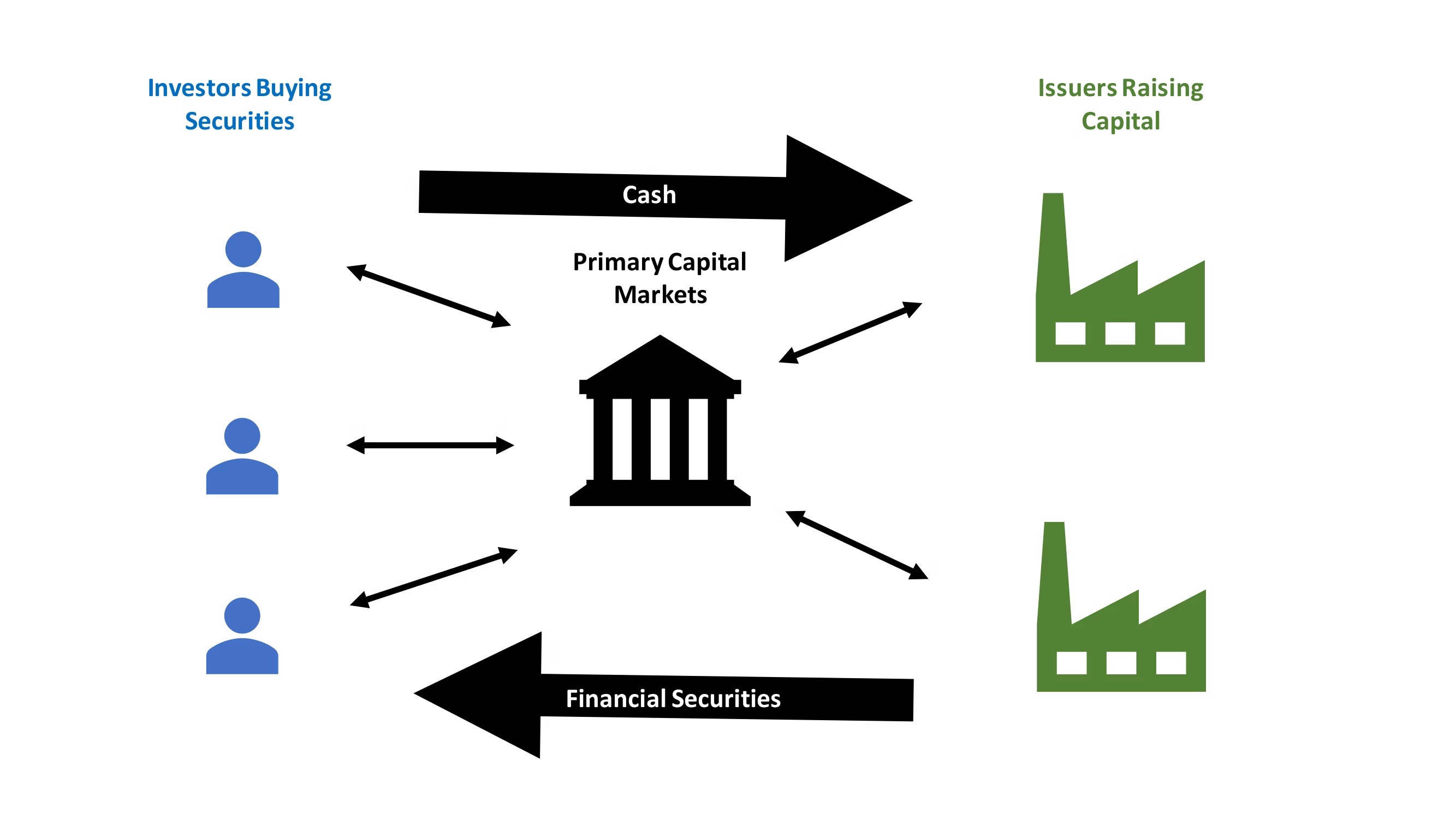

Finance
One-Way Market Definition
Published: January 3, 2024
Learn the meaning of one-way market in the world of finance and how it impacts investment opportunities. Gain valuable insights into this key financial concept.
(Many of the links in this article redirect to a specific reviewed product. Your purchase of these products through affiliate links helps to generate commission for LiveWell, at no extra cost. Learn more)
The One-Way Market Definition: Understanding the Dynamics of Finance
When it comes to navigating the world of finance, understanding the various market dynamics is key. One such dynamic is the one-way market. But what exactly does it mean, and how does it affect traders and investors? In this blog post, we will explore the concept of a one-way market, its implications, and how it can impact your financial decisions.
Key Takeaways:
- A one-way market refers to a market condition where prices are consistently moving in one direction.
- This type of market is characterized by a lack of significant retracements or reversals.
A one-way market, as the name suggests, is a market condition where prices consistently move in one direction, either up or down. In simple terms, it means that the trend is clear, and there are minimal fluctuations in price movements. While such markets may seem enticing, they can present both opportunities and challenges for traders and investors alike.
Here are a few key insights into the dynamics of a one-way market:
1. Strong Trends:
In a one-way market, strong trends dominate the market sentiment. Whether it’s a bullish or bearish trend, prices generally continue to move in one direction without significant pullbacks. Traders who can identify and ride these strong trends have the potential to profit substantially.
2. Limited Opportunities for Counter-Trend Trading:
Unlike a volatile market, where price fluctuations create opportunities for counter-trend trading, a one-way market offers limited chances for traders to bet against the prevailing trend. Attempting to trade against a strong trend in a one-way market can be risky, as the trend’s momentum may quickly overpower any counter-trend positions.
The implications of a one-way market can vary depending on your investment strategy and risk appetite. Here are a few considerations to keep in mind:
3. Determine Your Investment Goals:
Before entering any market, it is essential to define your investment goals. In a one-way market, if your objective is to generate short-term profits by riding the trend, it is important to develop a solid trend-following strategy. On the other hand, if you are a long-term investor seeking stable returns, you might need to adjust your portfolio allocation to minimize risk exposure.
4. Risk Management is Crucial:
While the potential for profit in a one-way market may be enticing, it is important to recognize the increased level of risk. Risk management becomes crucial in such market conditions, as a sudden reversal or trend exhaustion can catch many traders off guard. Setting appropriate stop-loss levels and diversifying your investments can help protect your capital.
In conclusion, understanding the concept of a one-way market is essential for anyone navigating the world of finance. Whether you are a trader or investor, recognizing the implications of this market condition can help you make informed decisions and manage your risk effectively. Remember, in a one-way market, identifying strong trends and aligning your strategies accordingly can be the key to success.














